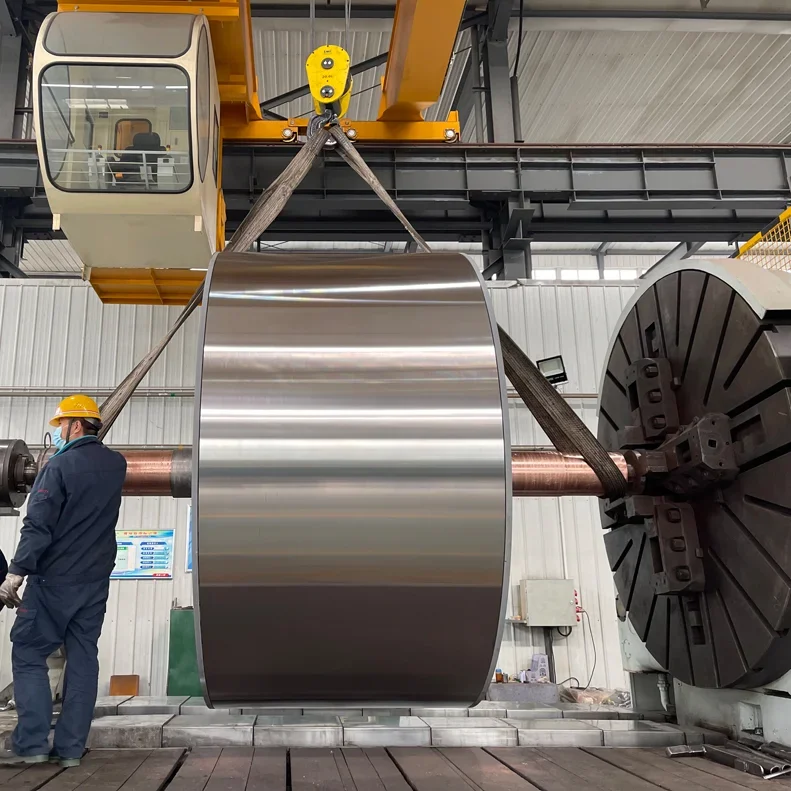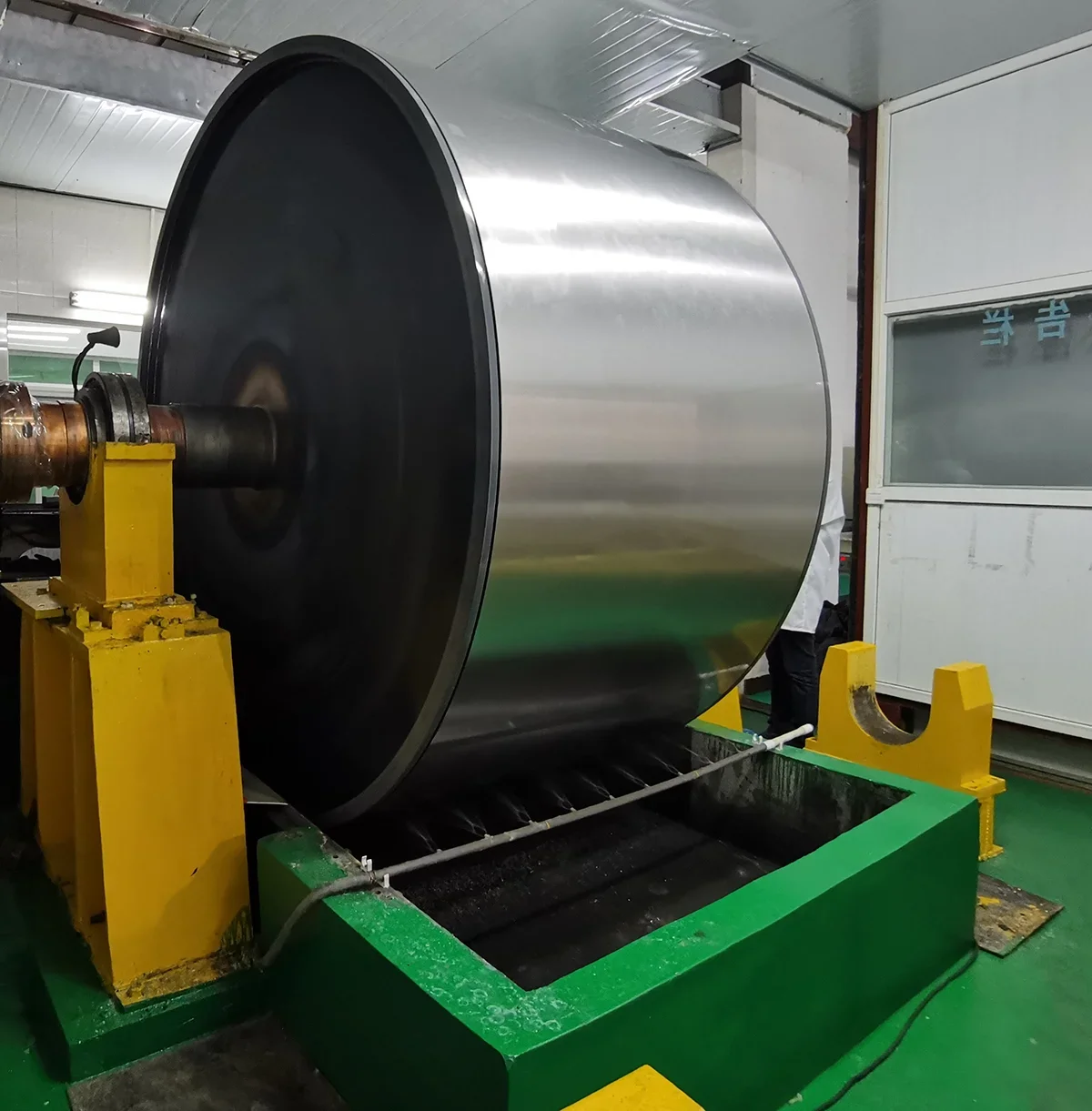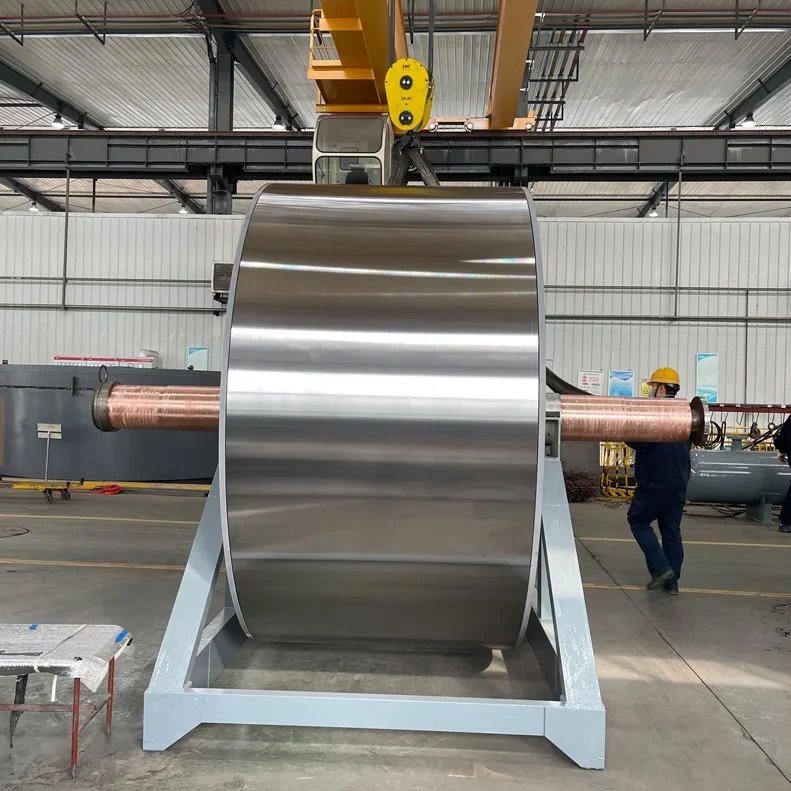In the world of electroplating and surface coating, the use of titanium cathode drums has gained significant popularity. These drums play a crucial role in the electrochemical processes involved in metal deposition. In this article, we will delve into the working principle of a titanium cathode drum, exploring its components, functionality, and the benefits it offers in various industrial applications.
I. What is a Titanium Cathode Drum?
A titanium cathode drum is a cylindrical device made of titanium, a highly corrosion-resistant metal. It serves as the cathode in an electroplating setup, where it attracts metal ions from a solution and deposits them onto a substrate.
Components of a Titanium Cathode Drum
1. Titanium Cylinder: The main body of the drum, typically made of pure titanium or titanium alloys.
2. Electrical Contacts: Metal connectors that establish an electrical connection between the drum and the power supply.
3. Insulating Material: A layer of insulating material, such as Teflon or ceramic, that separates the drum from the plating bath to prevent direct contact.

II. Working Principle of a Titanium Cathode Drum
A. Electroplating Process Overview
To understand the working principle of a titanium cathode drum, it is essential to grasp the basics of the electroplating process. Electroplating involves the deposition of a metal coating onto a conductive substrate through an electrochemical reaction.
B. Electrodeposition on the Titanium Cathode Drum
1. Electrical Connection: The titanium cathode drum is connected to the negative terminal (cathode) of the power supply.
2. Immersion in Plating Bath: The drum is immersed in a plating bath containing a solution of metal ions.
3. Attraction of Metal Ions: When an electric current is applied, the titanium cathode drum attracts metal ions from the solution due to its negative charge.
4. Metal Deposition: The metal ions are reduced and deposited onto the surface of the drum, forming a uniform metal coating.
III. Benefits of Using a Titanium Cathode Drum
A. Corrosion Resistance
One of the key advantages of a titanium cathode drum is its exceptional corrosion resistance. Titanium exhibits excellent resistance to various corrosive environments, making it suitable for a wide range of plating applications.
B. Durability and Longevity
Due to its corrosion resistance, a titanium cathode drum offers superior durability and longevity compared to other cathode materials. It can withstand prolonged exposure to harsh plating baths, ensuring consistent performance over an extended period.
C. High Current Efficiency
The design of a titanium cathode drum allows for efficient current distribution, resulting in high current efficiency during the electroplating process. This ensures optimal metal deposition and minimizes energy wastage.
D. Versatility
Titanium cathode drums can be customized to suit different plating requirements. They are available in various sizes and configurations, allowing for flexibility in accommodating different substrates and plating setups.

IV. Applications of Titanium Cathode Drums
A. Automotive Industry
Titanium cathode drums find extensive use in the automotive industry for plating components such as bumpers, grilles, and decorative trim. The corrosion resistance and durability of titanium make it an ideal choice for these applications.
B. Electronics and Electrical Engineering
In the electronics and electrical engineering sectors, titanium cathode drums are employed for plating connectors, printed circuit boards (PCBs), and other electronic components. The high current efficiency and uniform metal deposition offered by titanium drums ensure the production of reliable and high-quality electronic devices.
C. Aerospace and Defense
The aerospace and defense industries utilize titanium cathode drums for plating aircraft components, missile parts, and military equipment. The corrosion resistance and lightweight nature of titanium are particularly advantageous in these applications.
V. Maintenance and Care of Titanium Cathode Drums
To ensure optimal performance and longevity of a titanium cathode drum, proper maintenance is essential. Regular cleaning, inspection, and preventive measures should be undertaken to prevent contamination, damage, or degradation of the drum's surface.

Conclusion
The working principle of a titanium cathode drum revolves around its ability to attract metal ions and facilitate their deposition onto a substrate during the electroplating process. With its corrosion resistance, durability, high current efficiency, and versatility, a titanium cathode drum has become a vital component in various industries, including automotive, electronics, and aerospace. Understanding the working principle and benefits of a titanium cathode drum enables manufacturers to make informed decisions when selecting the appropriate equipment for their electroplating needs.
Understanding the Chemistry Behind Titanium Cathode Drum Electrolysis

